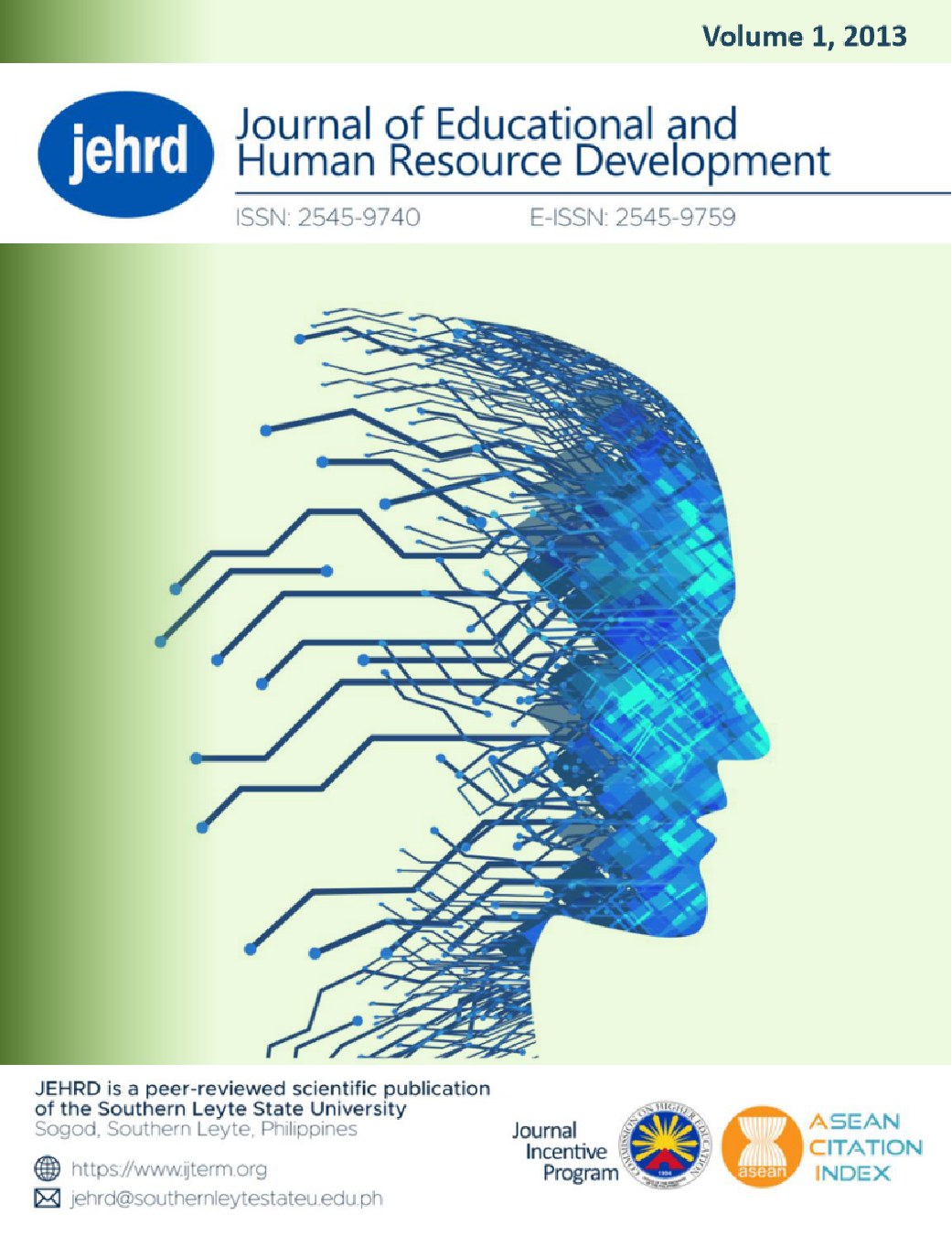GENDER-RESPONSIVENESS OF YOUTH DEVELOPMENT PROGRAMS IN THE URBAN BARANGAYS OF SOGOD, SOUTHERN LEYTE
DOI:
https://doi.org/10.61569/8f7f4641Keywords:
male-bias, female-bias, planning, implementation, monitoring, evaluationAbstract
The study was conducted among 360 youth in ten urban barangays of Sogod, Southern Leyte from December 2006 to March 2007. It intended to determine the gender-responsiveness of development projects/activities implemented in the last two years; identify the strengths and weaknesses of the various phases of project planning, implementation, monitoring and evaluation; and determine the common problems encountered during the various phases of the development process. Results revealed that basketball which is implemented in all barangays, is a male-biased project/activity. It dominantly benefited males for their physical fitness and recreation activities and it has greater gender role effects on males. Clean and green and community beautification which were also implemented in many of the barangays had a nature that is also primarily male-biased. The activities benefited both males and females because the scope of the activity is community-wide. However, these were basically extensions of household work, hence females often got the bulk of the work. Seminars, volleyball and badminton activities benefited both sexes and were oftentimes participated in by females but were implemented only in some barangays. The various projects/activities offered high access and control of resources and benefits to both males and females. The access and control of resources had a greater effect on the distribution of resources to male and female youth while access and control had a lesser effect on the distribution of benefits to male and female youth. The projects/activities implemented in the last two years had more weaknesses than strengths from program planning to implementation, monitoring and evaluation. Likewise, a number of common problems which coincide with the weaknesses of the projects/activities were identified by the youth respondents.
Downloads
Published
Issue
Section
License

This work is licensed under a Creative Commons Attribution 4.0 International License.
This is an open access article distributed in accordance with the Creative Commons Attribution 4.0 Unported (CC BY 4.0) license, which permits others to copy, redistribute, remix, transform and build upon this work for any purpose, provided the original work is properly cited, a link to the license is given, and indication of whether changes were made. See: Creative Commons Attributions 4.0 International License.








